On-chain data reveals Shiba Inu faces a pivotal moment as 76 trillion SHIB holders hover near critical price points. A breakout above $0.000027 could spark a rally, but profit-taking looms if support falters.
Shiba Inu Holds at a Critical Crossroads
Shiba Inus are at a crossroads, according to on-chain data, which suggests fascinating dynamics that might dictate the species' future. According to the statistics, around 76 trillion SHIB are held by addresses that maintain positions within a restricted price range, U.Today shares.
The most important thing to consider is whether SHIB is about to have a precipitous fall or if this massive concentration can act as a stabilizing factor. At the present average holding price of $0.000025, 78.96% of SHIB holders are profitable, according to the Active Addresses by Profitability chart.
Many investors are holding on to their winnings as the price of $0.00002599 teeters on the edge of important resistance levels. If SHIB doesn't rise, these lucrative addresses may sell their holdings, which would be bad for the market. Contrarily, just 2 out of 35 holders are losing money, suggesting minimal surrender thus far.
Shiba Inu’s Resistance and Support Levels Under Pressure
That most investors are optimistic is a good indicator, but things might change quickly if the price of SHIB drops below key support levels. On the price chart, SHIB is showing a bullish triangle pattern, with $0.000027 serving as immediate resistance and $0.000023 as support.
A breakout over $0.000027 might signal a rise above $0.000030, albeit any move would require large volume and broader market support. There is a risk of a more severe correction, with the $0.000021 level as a target, if $0.000023 is not sustained.
Critical Weeks Ahead for Shiba Inu Price Movement
Shiba Inu place a premium on the weeks that come after this. If the coin is able to break out of its consolidation period, it might attract fresh interest and money. But without substantial purchasing, profit-takers are likely to take over the market, increasing the likelihood of a sell-off.





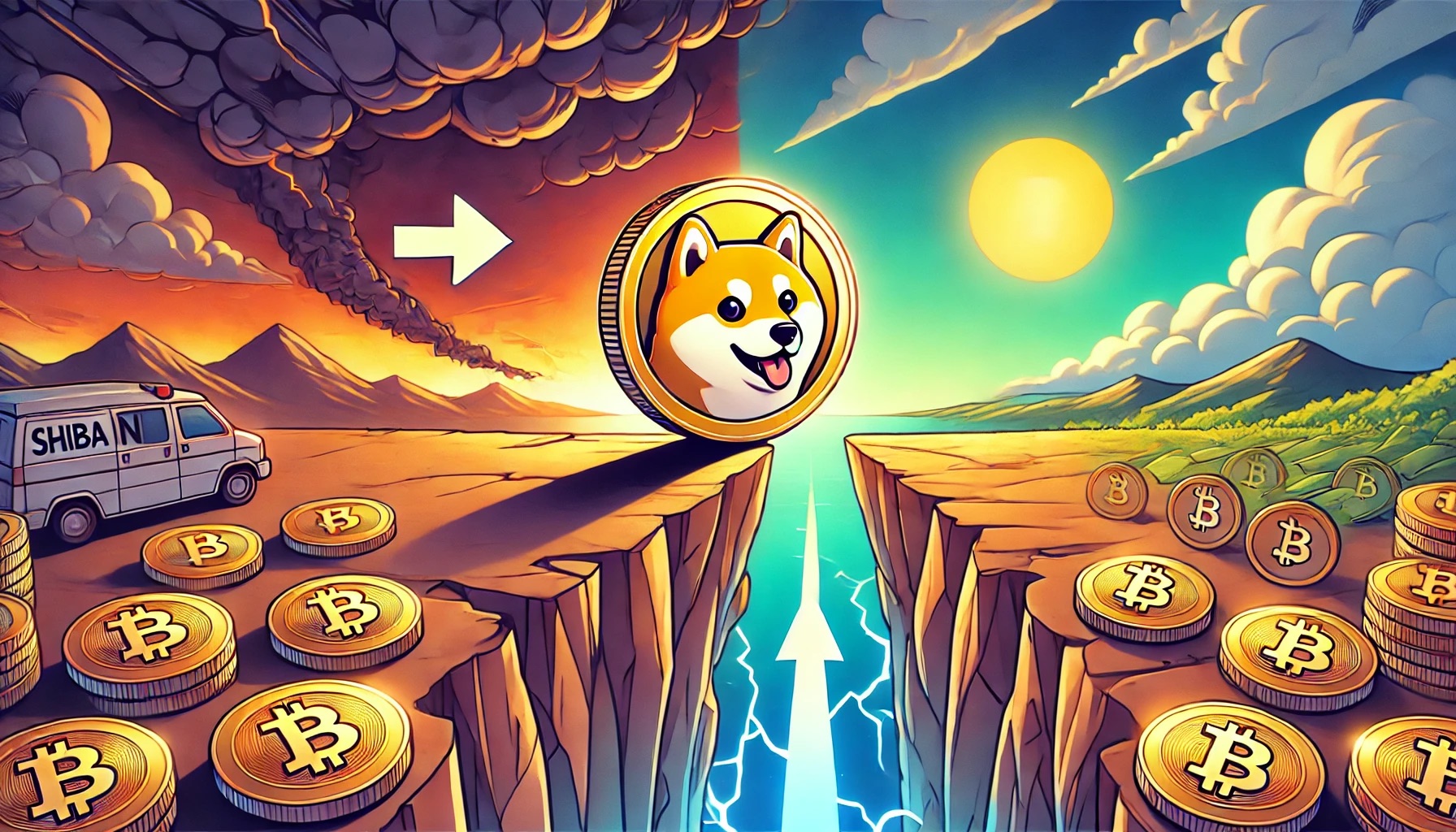
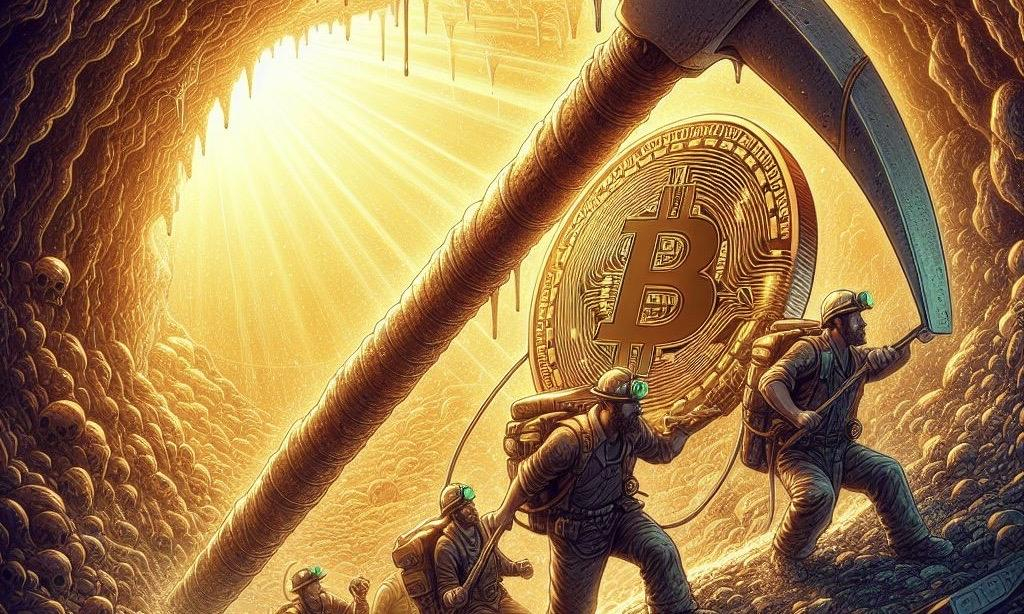


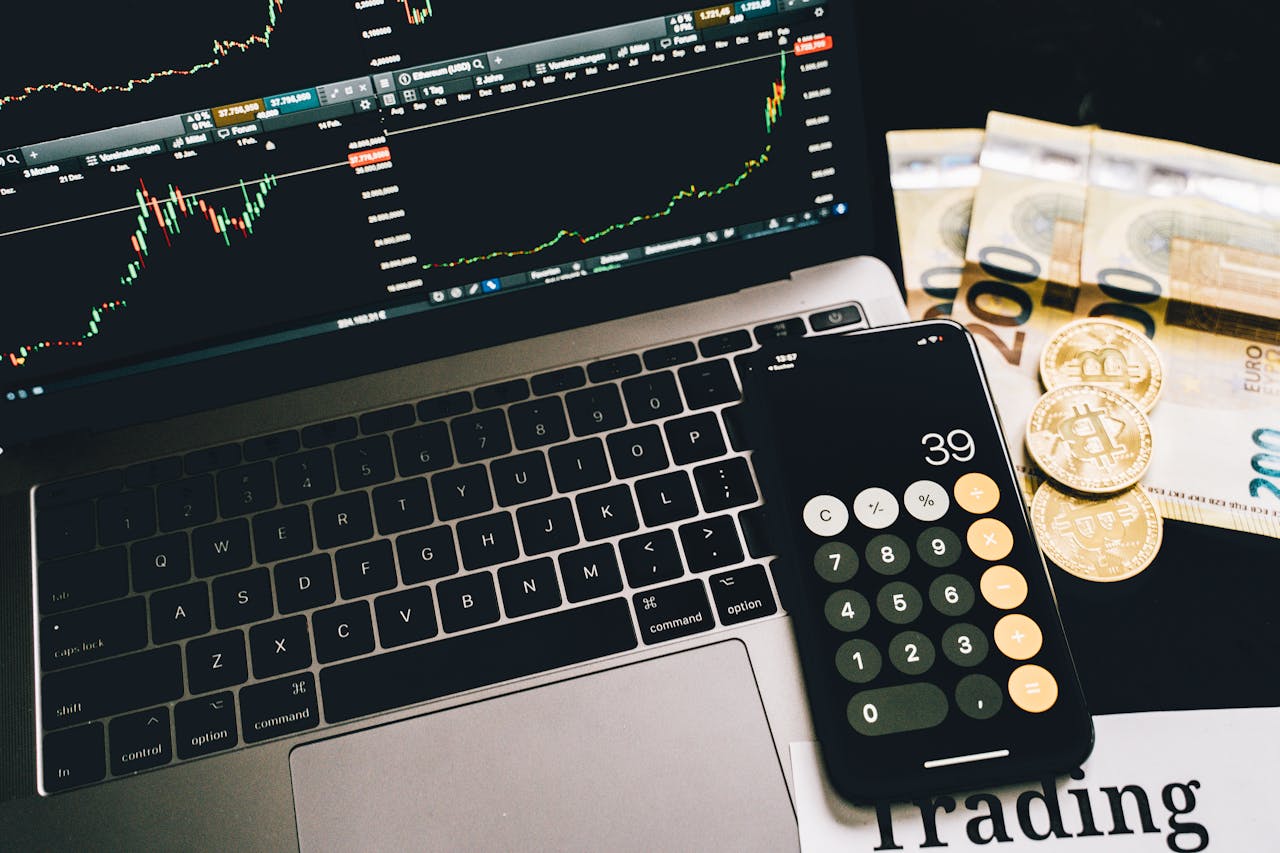








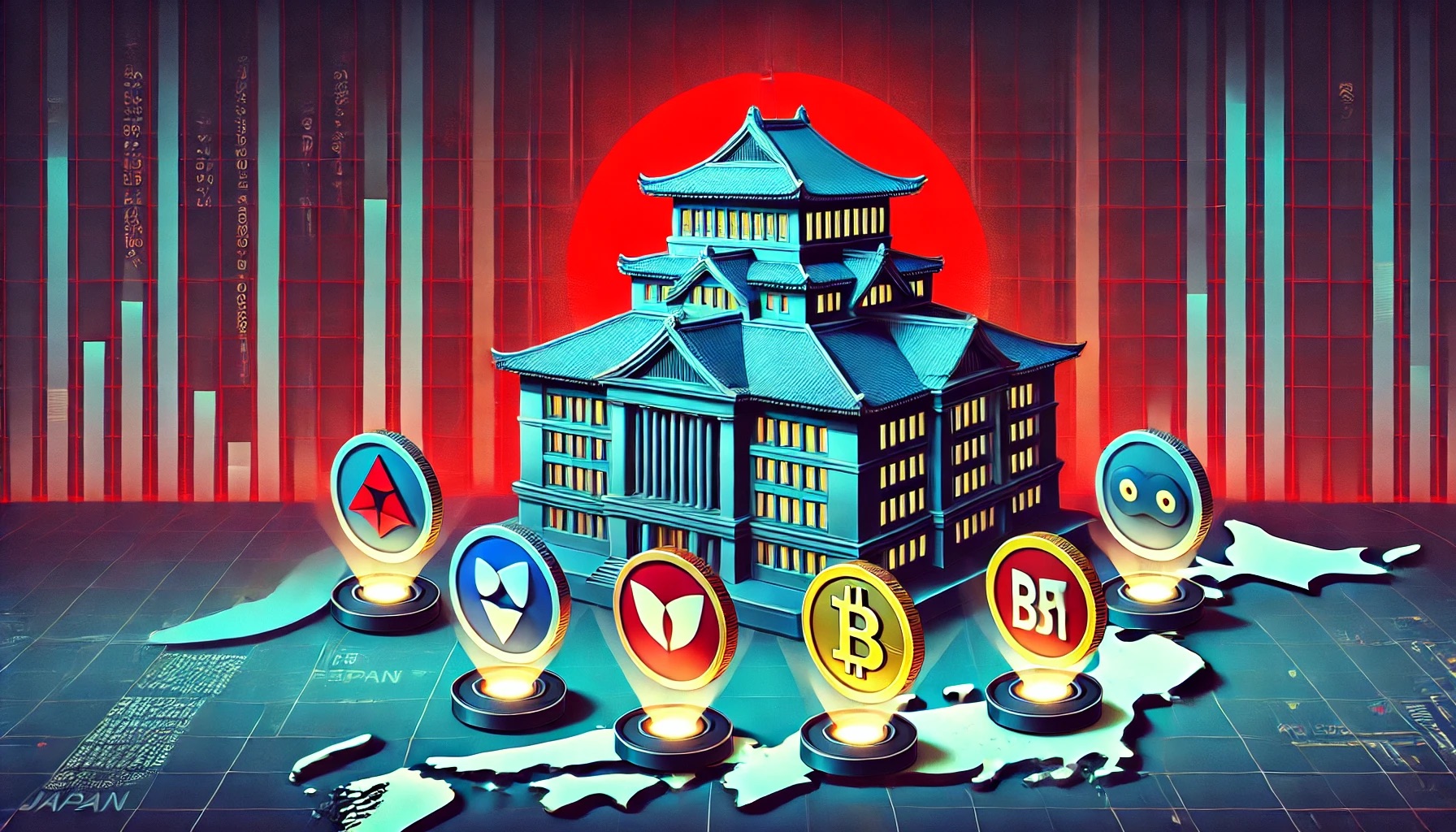
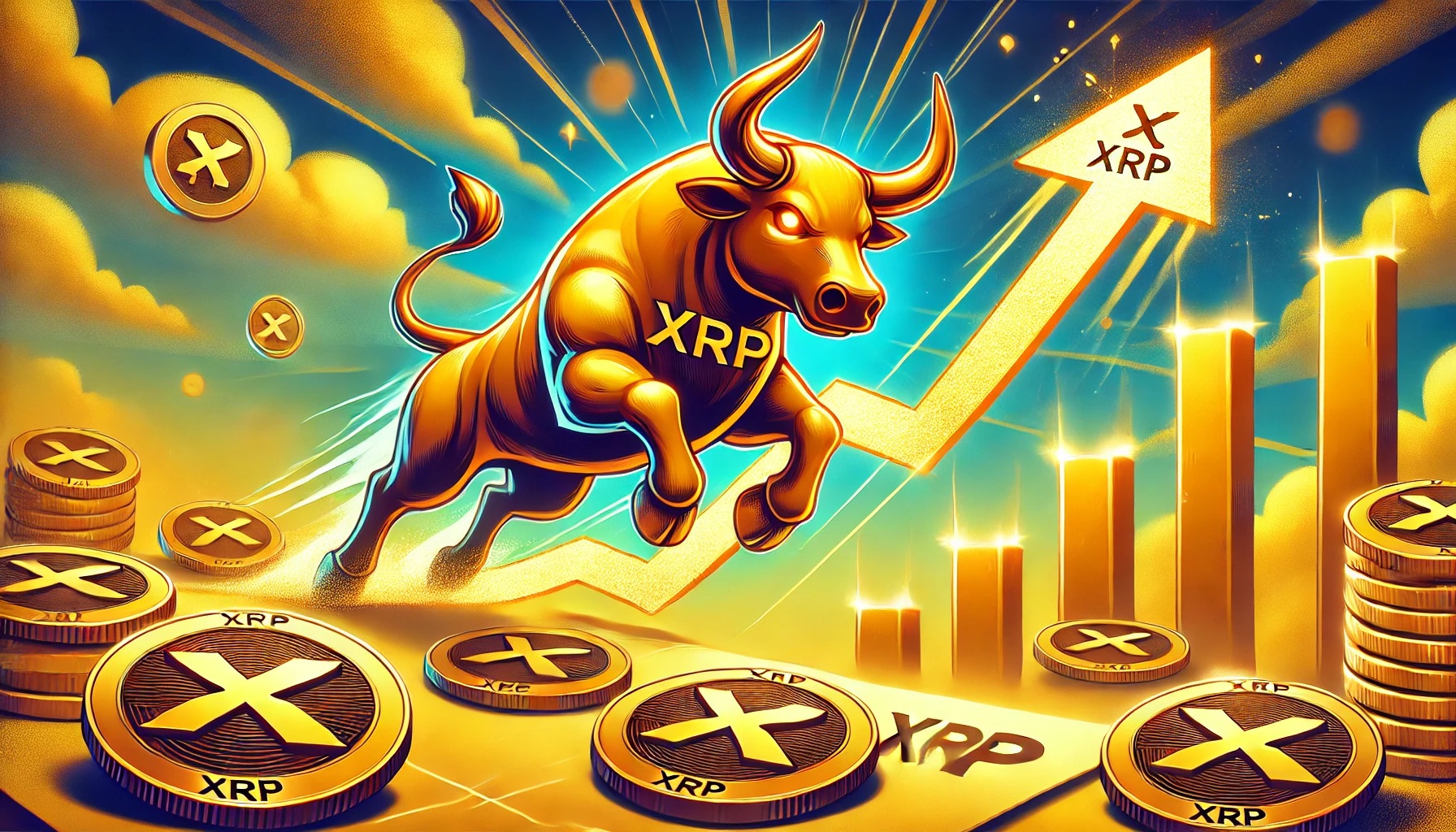
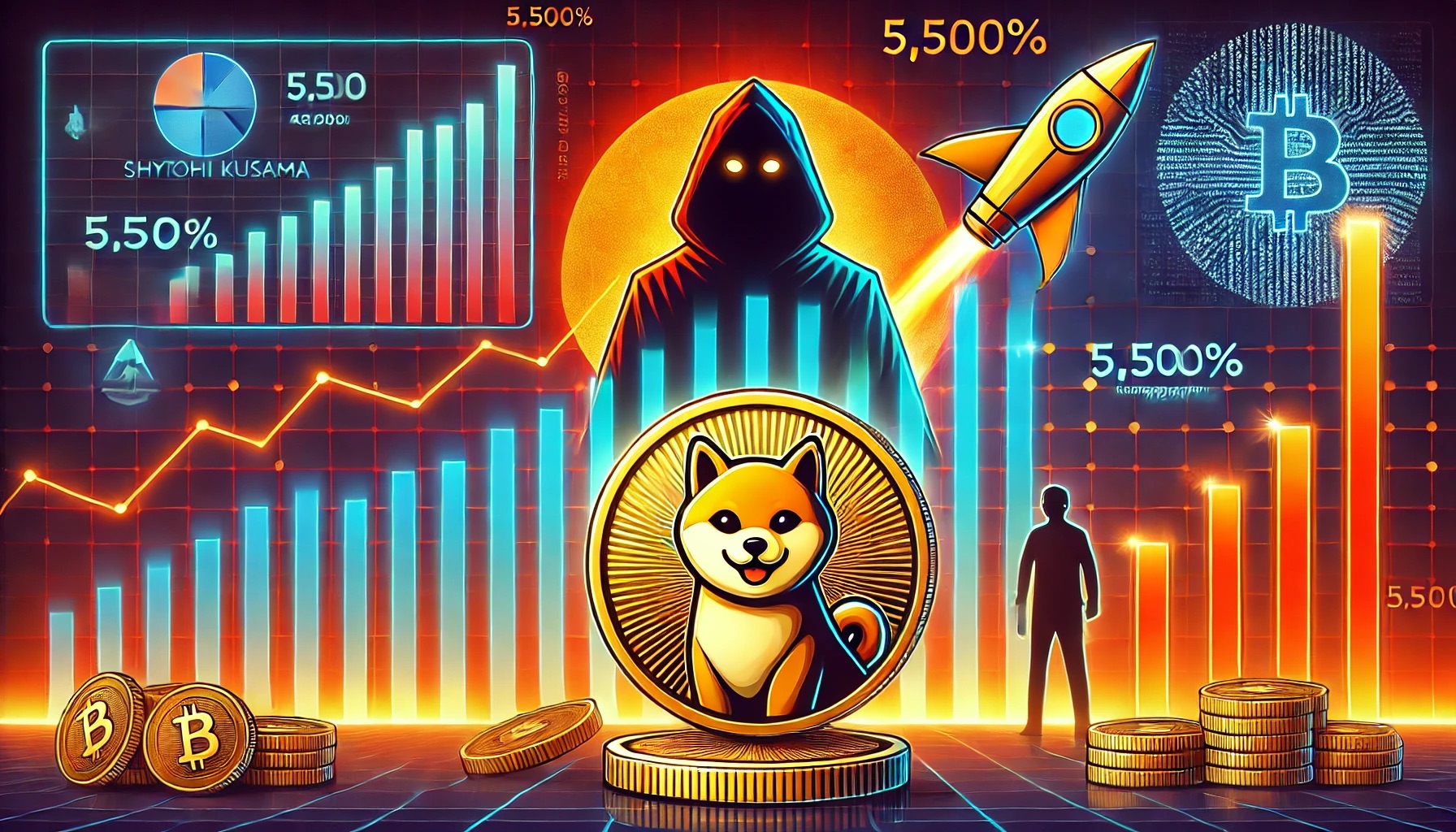


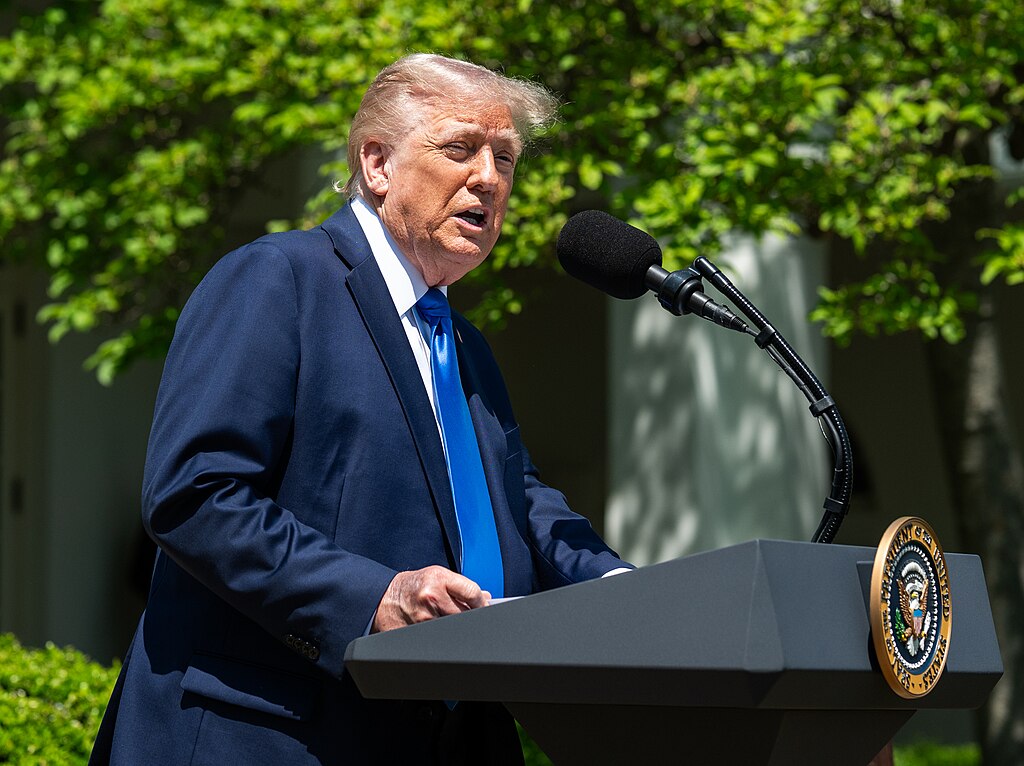
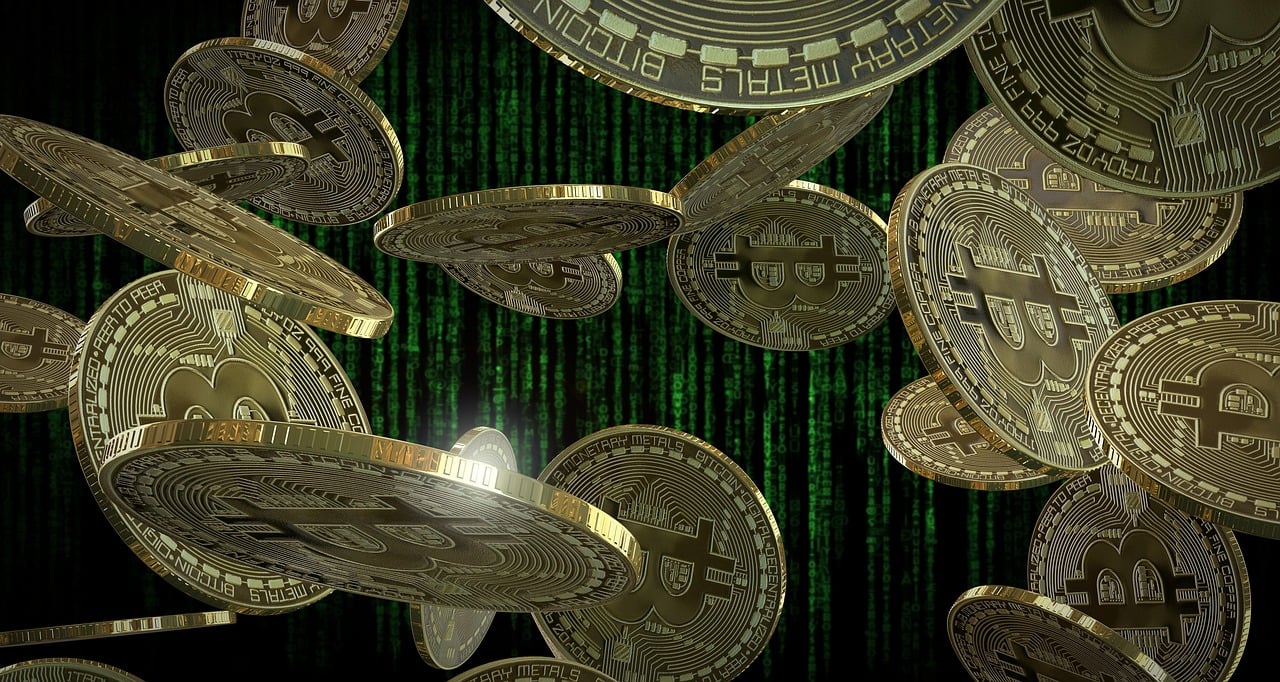



Comment 0